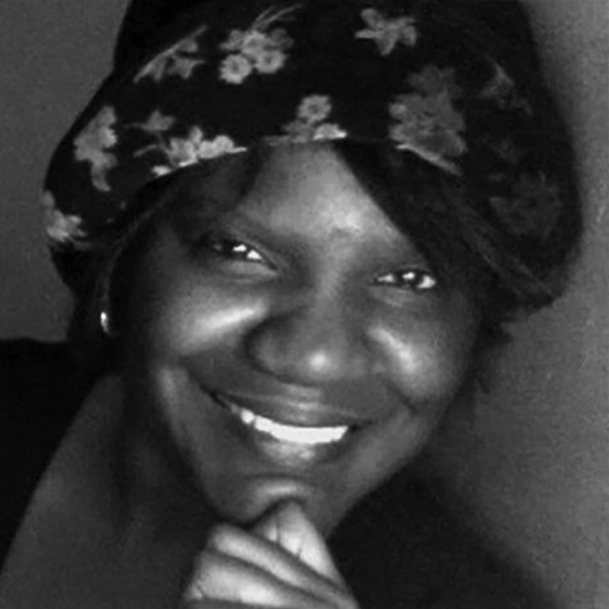Off with Kid Gloves, On with Kid Love
Last March, I wrote a piece entitled New Directions: Thoughts For Aspiring Directors Based On The Little I’ve Managed To Figure Out So Far. It centred around theatre creation with adults and as such, I omitted one suggestion that I felt so strongly about—I knew I had to write about it on its own. I not only recommend this piece of advice, but would mandate it if I could. It is THAT invaluable.
Every director no matter how esteemed should—at least once every other year—work with kids.
Directing children and adolescents calls on creativity, courage, and compassion at magnified levels. I must reach those who walk with significantly less experience on the planet than I, who look at it through a lens neither as wide nor as filtered as mine. At the same time, I must widen that lens. As an educator and director, my job is to communicate and negotiate. Each time I work with kids, there arrives a moment when I am at a loss as to how to make them buy in. In that moment I remember how spoiled I am working with adult actors, with whom I share an implicit understanding.

Passage: A Moving Experience. Photo by Children’s Peace Theatre
Young people keep me on my toes in an entirely different way. If they’re bored they don’t feign otherwise. There is no artifice, no filter. They have immediate access to their feelings and are often overwhelmed by them. The adult theatre I co-create brings me boundless satisfaction and broadens my humanity. But as much as I get off on being in a roomful of grown-ups, delving into the hierarchical structure of prostitution or spotlighting the war in Kashmir or shining a light on resistors in Nazi Germany or excavating the mind of a wannabe school shooter, I also take great satisfaction in creating works that address poverty and injustice with nine-year-olds. I embrace unpacking the word “nigger” in To Kill a Mockingbird in a Grade 8 classroom. Sacred, profound moments of illumination.
A colleague told me recently at the end of a child-filled day, “You don’t speak to them like kids—you speak to them like you speak to me.” Yes. We know when we are condescended to. They know too and when they sense that, you’ve lost them. I approach children and youth expecting intelligent interaction, and work to raise the level of discourse to that which reflects their best. Kids will live up to our expectations; they will live down to them too. I refuse to engage with them as if they cannot step up to meet a more sophisticated realm of thought. They can. They do.

Emotional Creature. Photo by Aliyah Guillemette
Creating with young people necessitates invoking the child within. Residing solely in Adultmind erodes the ability to see the world, and the work, through a child’s eyes. At the same time, the crispness and clarity of adult perspective is crucial. With kids, my job is not to guide them in a didactic way, but to present an array of thoughts and artistic possibilities. Process is paramount; they participate in decision-making and thereby take ownership of the work. My aim is to take children and teens from one level of maturity and insight to another—to move them through a process whereby at the end they are more evolved people; more probative and empathetic, thinking about the world more deeply, moving to the next experience in their lives as more of who they are meant to become.
I am troubled by the lack of respect I have witnessed for theatre for and especially BY young people. I’ve heard people whom I admire make comments that were a dart to a disillusioned heart. I’ve been asked by colleagues what I’m working on, responded that I’m directing a show with a cast of young people, and been met with “Oh, I’m so sorry.” Although said in jest, it speaks to a real attitude that exists in our industry—the idea that child or youth theatre is paying dues, or something one does in desperation or under duress. I’ve had people say, “Hang in there, you’ll get something soon,” as if what I just said I was doing wasn’t legitimate. Not only is that attitude insulting, it is drenched in ignorance. The journey I have been on, beginning with three years as a preschool teacher and now eight as an arts educator, is incredible. The work is challenging, the rewards incomparable. It has given me insight into the teenaged psyche, the underestimation of childhood intellect, and the complexity of the emotional landscape of adolescents and children.

Bare: A Pop Opera. Photo by Shauna Kennedy
Each of my theatre lives has informed the other, and enriched me as a woman and an artist. Every time I work with young people, I bring something back to the next adult piece I direct that I simply would not have had without my last experience with children. Similarly, my work in adult theatre allows me to bring a sharpened skill set to my time with kids. I cannot imagine doing one exclusively; they both feed me so. The commitment I have made to children and teens not only breeds tremendous care in creating work, but makes me more cognizant of the people who are growing into my next adult audience. Audience engagement doesn’t begin at twenty. And so part of my work is to awaken them and propel them from child audience to youth audience to adult audience—to make them want to make that transition. How do I honour them and inspire them into craving a continued relationship with theatre? That fuels me.
The engine that powers all theatre is the same. It is the quest to investigate the millions of ways to be human. A strange and wonderful gift it becomes when I explore them with people who have lived less life, but whose life is no less. Every time I walk into a roomful of kids, half of my heart flutters. They make me better. We ignite each other.









Comments